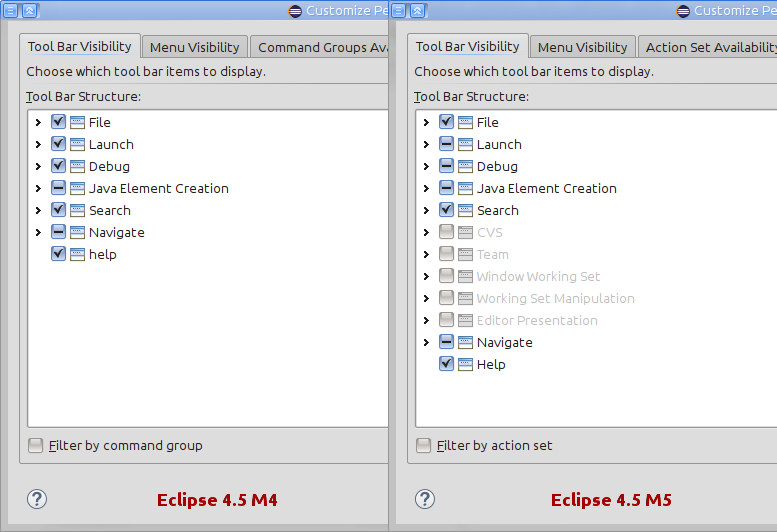

- #Clean option for eclipse on mac for mac
- #Clean option for eclipse on mac 64 bits
- #Clean option for eclipse on mac plus
#Clean option for eclipse on mac plus
Initialized /dev/rdisk4 as a 300 MB case-insensitive HFS Plus volume Now run ramdisk.sh to create the Ram Disk: $ ramdisk.sh Save your file and make it executable: chmod 755 ~/tools/batch/ramdisk.sh (Note that diskutil expects the number of 512 bytes sectors to be allocated: for 300MB, 300 * 1024 ^ 2 / 512 = 614400)Ģ.

Replace x, y, and z with the JDK version you have installed on disk: #!/bin/bashĭiskutil erasevolume HFS+ 'JDK RAMDISK' `hdiutil attach -nomount ram://614400 `Ĭp -r /Library/Java/JavaVirtualMachines/jdk1. Create a new batch file, for example: ~/tools/batch/ramdisk.sh The RAM Disk is created with the diskutil tool:ġ.
#Clean option for eclipse on mac for mac
Step by Step for Linux users:Įverything is described here already Step by Step for Mac Users: Warning: Don’t put anything permanent on the RAM Disk we will create as it will be erased/recreated at each reboot. Because the memory used will be reserved for the disk and become unavailable for other programs, we will only be putting the JDK on there. Creating a RAM disk uses your RAM even though it just appears as a drive on the computer. It boosts the I/O performance on anything that is on it. Advanced > Remove all unwanted kindsĪ RAM disk is a virtual disk or hard drive that is stored into the computer’s memory.

Install/Update > Automatic Updates > Uncheck “Automatically find new updates”.Window > Customize Perspective > Remove stuff you don’t use or want (shortcut keys are your friends), same for Menu Visibility (how many times have you printed a source file…).General > Editors > Text Editors > Spelling : Disable spell checking.General > Startup and Shutdown : remove all plugins activated on startup.For any web development, you will want to use Eclipse for Java EE and not Eclipse for Java.
#Clean option for eclipse on mac 64 bits
Make sure that you are using the 64 bits version of Eclipse and of the Oracle JDK. More often than not, every new JDK and Eclipse version includes fixes and optimizations from previous versions. If not, look no further for performance boosts… Tip 1 : Always run the latest JDK and Eclipse. Note: I assume that you already have an SSD and at least 8Gb of RAM.

Classes will open faster, jumping from one definition to another will be faster. Viewing method javadocs will be faster… Unfortunately, none of that can be timed precisely so there is no specific benchmark about the actual speed gains for each tip. : most of those tips will speed up your Eclipse experience, not just the startup time. I’ve described each tip for Windows, Linux and MacOS users. Once you have gone through all the optimization tips, Eclipse should start within 10 seconds and run much smoother than before. I was asked by a few people to share my tips on how I was able to speed it up so here we go… As a side note, this article is not about comparing IDEs, please refrain from displaying your hate for the IDE or your preference for another… This post is just about optimizations that help Eclipse run faster for those who use it. About a month ago, I blogged about my love/hate relationship with Eclipse.


 0 kommentar(er)
0 kommentar(er)
